Safeguard your brand in the UK
Trade Mark Most Asked Questions
Straightforward, fairly priced trade mark registration
Packages & Cost
Our packages for those who wish to protect their brands in the UK.
The Process
To register a trade mark across the entire European Union, the most efficient method is to file a European Union Trade mark (EUTM) application. This application covers all 27 EU Member States. The registration process typically takes about 4-5 months, so long as there are no objections.
The EUTM provides protection in every EU member state. A single similar trademark in any member state can lead to the rejection or cancellation of your application.
If accepted your ™ is registered for 10 years

Trade Mark Oppositions
In the trade mark registration process, oppositions play a critical role as a safeguard against the registration of potentially conflicting trade marks. An opposition is the legal procedure that allows you to try to stop a published trade mark going on to become registered typically on grounds such as similarity to an existing mark, likelihood of consumer confusion, or infringement of existing rights.
This process allows brand owners and interested parties to protect their intellectual property and market identity, ensuring that trade marks remain distinct. A set period exists to allow owners of previously registered trade marks to oppose new applications if they believe they have a strong enough claim that their mark and the new mark could be considered confusingly similar.
Once a trade mark application passes the initial assessment by the IP office, it is published for opposition. During this period, owners of previously registered trade marks and the general public have the right to challenge the registration by filing oppositions. The opposition window typically lasts between 1 to 3 months, varying by country. On average, oppositions are raised in about 5% of new trade mark applications.
If an opposition is raised, the applicant can choose to resolve the opposition amicably or through legal proceedings, or abandon the application, forfeiting any fees paid to the IPO.
Trade mark oppositions can be filed by anyone with a legitimate interest in the outcome of the application examination. This is usually the proprietor of an earlier trade mark. While any party can raise an opposition, IP offices generally prioritise those filed by existing trade mark holders.
In the US, additional grounds for opposition include lack of bona fide intent to use the mark in commerce, applicable to both intent-to-use applications and use-in-commerce applications.
The opposition window typically lasts 2-3 months, though this varies by country. In the UK, the opposition window for a trade mark application is two months from the date the application is published in the Trade Marks Journal. This period can be extended by an additional month, providing a total of three months, if a “Notice of Threatened Opposition” is filed within the initial two-month period.
The USA has a 1-month window, whereas Vietnam allows 11 months. If an opposition is filed, the resolution process can extend for several months or even years.
In some jurisdictions, like the UK, the opposing party can request an extension of the opposition deadline, further prolonging the process.
Yes, it can. Filing a trade mark application requires government fees and possibly service fees if you use an IP agent. Additional costs may arise if legal representation is needed to respond to office actions or oppositions.
Trade mark oppositions can be based on various grounds, including:
- Likelihood of Confusion: The new mark is similar to an existing trade mark, potentially confusing consumers.
- Prior Rights: The opposer has prior rights to a similar or identical trade mark.
- Geographical Indications: The mark falsely suggests a specific place of origin.
- Bad Faith: The application was filed with dishonest intentions.
- Contrary to Public Policy or Morality: The mark is offensive or violates public standards.
- Fraud: The application contains false information.
It depends on how relevant the opposition is, they could oppose just part of the application such as one of the classes that you have chosen to register in, or they may oppose the entire application. You can either try to oppose the opposition or strike a co-existence agreement with the other party. Generally, it suffices not to compete in areas where the other brand is active.
Yes, you must respond to oppositions within the specified period. Failure to respond can result in your trade mark application being rejected.
It depends on whether there is a direct or indirect competitor with a similar name. In general, the larger a company is, the more likely it is to oppose the trade mark applications of others. This is why we strongly recommend undertaking clearance searches ahead of filing an application as this will highlight any potential hurdles.
While oppositions cannot be entirely prevented, you can reduce the risk by conducting a trade mark search to identify potential conflicts before filing. You can then adjust your application accordingly.
The IP office will notify both parties if an opposition is accepted, including time limits and next steps. Often, a cooling-off period allows for negotiation and possible amicable resolution.
The response time varies by jurisdiction:
- EU: Once you receive a “Notice of Opposition,” there is a two-month cooling-off period where both parties can attempt to reach an amicable solution. If no agreement is reached, the formal opposition proceedings begin.
- UK: The cooling-off period for trade mark oppositions is nine months, which can be extended by an additional nine months if both parties agree.
- US: The response time is 40 days from the date the Notice of Opposition is issued. If this deadline is missed, a request for an extension can be made to the trade Mark Trial and Appeal Board, which will evaluate the case.
These timelines reflect the general standards for responding to oppositions in these jurisdictions.
An amicable solution involves resolving the issue without litigation. This often includes negotiating a coexistence agreement.
To oppose a trade mark application, investigate the application, determine your grounds for opposition, fill out the necessary forms, and submit any required evidence and fees.
Yes, competitors can oppose your trade mark if there is a likelihood of confusion, even if their mark is in a different class.
You will need to consider the primary function of the product/service is it similar to the competitor? If it is, they could still claim that it would infringe on their brand. Whether they will do so depends on if they still use the brand or if the owner could consider you a threat (i.e. if they run a nursery with this name and you are building an online marketplace, it may be ok for them).
Competitors can oppose your registration in a given class even if they do not register for a particular type of goods/services. Whether an objection will be successful depends on the level of similarity. E.g. in the case of clothing (class 25), if you want to trade mark “elastic-free socks”, somebody who produces “socks” can say it is too similar and would likely win the case. However, in class 9, if you want to trade mark “batteries”, a company trade mark for “optical laser”, would be much less likely to succeed.
Technically yes, your trade mark can be opposed even by a company that does not own a trade mark in the same class. Whether such objection will be successful is a different question, additionally those that do not have trade marks registered may not have the knowledge of where to look to view trade mark applications.
Yes, competitors can file a cancellation request if they believe your trade mark is damaging their business. This request undergoes examination and may start proceedings, but it does not guarantee cancellation.
It depends on a specific case. However, generally, registering a logo increases your chances as logos tend to have visual elements in addition to words or letters, which improves distinctiveness and thus also decreases the motivation of existing trade mark owners to oppose your application.
As an abandoned trade mark is considered inactive, the probability of the trade mark owner utilising their rights is quite low. The abandoned trade mark could be used as a basis for opposition, but the litigation itself would be more practically related to the use of the trade mark and the possibility of the owner not being aware their trade mark has been abandoned.
The simple answer would, in this case, be no, an abandoned trade mark no longer has the legal rights of a registered trade mark which might be used to raise an opposition with an Intellectual Property Office.
However, bear in mind that the exact definition of an abandoned trade mark differs per jurisdiction and that a trade mark that is considered ‘abandoned’ might still actually be in use – for example, if it’s currently in the process of being renewed.
While it’s not mandatory to have a lawyer or IP agent represent you in the opposition process for a trade mark, it’s often recommended due to the legal complexities involved. The opposition process can be intricate, involving legal arguments, evidentiary requirements, and knowledge of intellectual property laws.
The answer depends on numerous factors. If the risk of receiving an opposition is high, it is worth considering whether rebranding is an option for you. Opposition proceedings are costly, and in many jurisdictions, the winning party may request the reimbursement of some of the costs of the opposition proceedings.
The chance of receiving an opposition also depends on factors such as whether the possible opponents are big companies, whether their marks are well known, whether these are figurative or word marks, and to what extent the goods and services’ lists coincide with each other.
Why Trade Mark?

What our clients have said
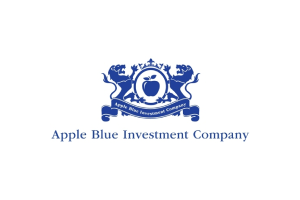


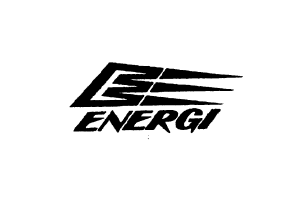
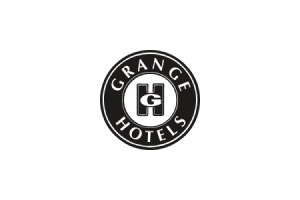
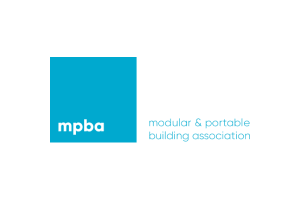

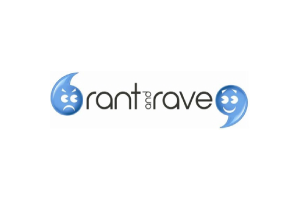
Book your FREE consultation session
Need some advice? Got some burning questions that you want answering?
It only takes two minutes



